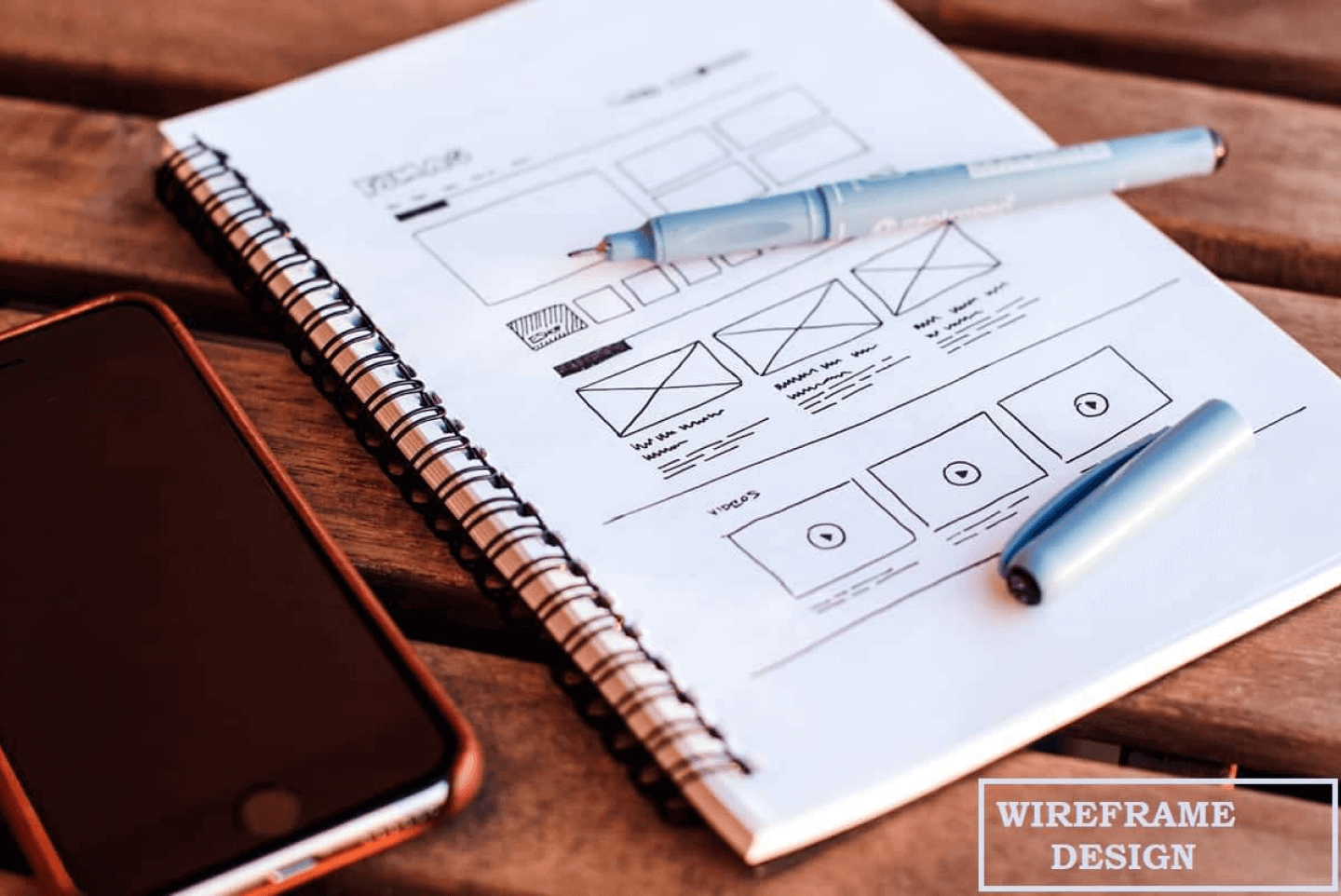

Great Customizable Forms - Designing with Purpose
Working as a software engineer at Kugadi, we are always looking at developing tools to improve the customer experience and at the same time provide a workflow that is both intuitive and easy to use. We recognize that one size does not fit all but how do we balance ease of use with a fully flexible solution? My current project is developing a customizable form for our clients’ reports and the Officer Assist app.
As our company grows, it has quickly become clear that not all our clients have the same needs or the same focuses. One client’s company may deal with parking citations, while another may want reports geared more towards maintenance issues. Even companies with the same focus may want to capture a different set information for their reports. By providing our customers with customizable forms, company managers will be able to tailor the forms that appear to their dispatch and to the officers using the Officer Assist App. The flexible forms also arranges how information will appear in reports for the customers.
In developing the customizable forms, I began by thinking of what is the purpose of a form and who my user is. In this case, I’m not only thinking of the consumer of a form, i.e. the security guard or dispatcher, but also the operations manager who may be setting up the form. In addition, what are some things a manager should think about when designing a form for their security officers.
Forms As Workflow
First of all, when thinking about the forms a security officer uses, I like to think of them as similar to a workflow script. By looking at the fields in a form, even a newly hired security officer should understand what questions they need to ask and what observations they should be making to evaluate a situation. Placing important fields at the top of the form will help the officer prioritize the info they enter into a report. By consistently following the script you get the information you need and your officers are trained to know what to look out for.
Keep it Simple
The next thing a manager may want to think about is to not over complicate a form with too many fields. It’s completely understandable that you want to make sure your officers capture all the information surrounding a report; consequently, you may create a field for every little detail surrounding an issue. One thing we saw early on when creating forms for Kugadi is that if there are too many fields, it is often the case that an officer will just take one field and try to cram all the information into it rather than clicking around to each one. I’m sure the officers’ eyes glaze over when they see a screen full of fields or at least are intimidated by viewing it. Of course, there is a fine line between over complicating and over simplifying your forms. Luckily, with customizable fields this can be calibrated and fined tuned as your reports come in.
Use Clear Labels
A manager may also want to keep a close eye on the labels they use in their customizable form. The labels direct the information that is entered in the fields, so they should be expressive, but simple and to the point. You want to capture the correct information and at the same time, as mentioned above, guide the officer’s report. Managers should also make sure the labels are not too long; as with any mobile app, screen space is limited and you don’t want the label to take it all up.
Selecting Field Types
Selecting the correct field type also plays an important part in designing a form.
- Text Field - Text fields are single line fields where text can be inputted. Text fields take up less space than a text area and can be used when expecting a smaller amount of data.
- Text Area - Multi-line field used to capture more detail. Text areas take up more space, but by being multi-line they can prompt an officer to input more information.
- Checkbox - An easy-to-use field when a manager wants simple yes or no, or true or false. A checkbox can be a quick way to make sure an important observation or action is made by the officer. For example: “Alarms turned on?” or “Back door locked”.
- Select Field - A great field to use when you have predetermined set of inputs you want your office to select from. For example, if you want your officer to specify a Maintenance issue type, the manager can create a select field with the entries “Electrical issue”, “Plumbing / Water Concern”, and “Excessive Trash” to select from. It is important that managers do not add too many entries in the select field. Too many options can take up too much space in the drop down and make the field hard to use. In addition, it is a common problem that having too many choices can overload and stall the decision making process.
Careful analysis when selecting a form’s fields can make the security officer’s job much easier and help make sure the reports have the correct information in it.
An additional option to the field type is selecting whether the field is ‘Required’ or ‘Optional’. Setting a field to ‘Required’ can be a way to ensure your officers enter important information into a field before the form can be submitted.
There is a lot to think about when a manager customize their forms. We would recommend when designing their different forms, managers not only take into consideration the information they want to capture and display to their customers, but also how the officers use the form and are directed by it. By doing this they can have better trained officers, happy customers, and make their own job less complicated.
New Kugadi Posts

The hidden challenges of remotely managing operations and why smart automated security technology is so important in mitigating risks.

By using a data-driven approach, companies have a holistic view of how areas perform and can find repeat problem areas to take action. They can better understand if more lighting is needed, extra guards, etc.

Looking at the data you collect greatly helps you run your security guard company